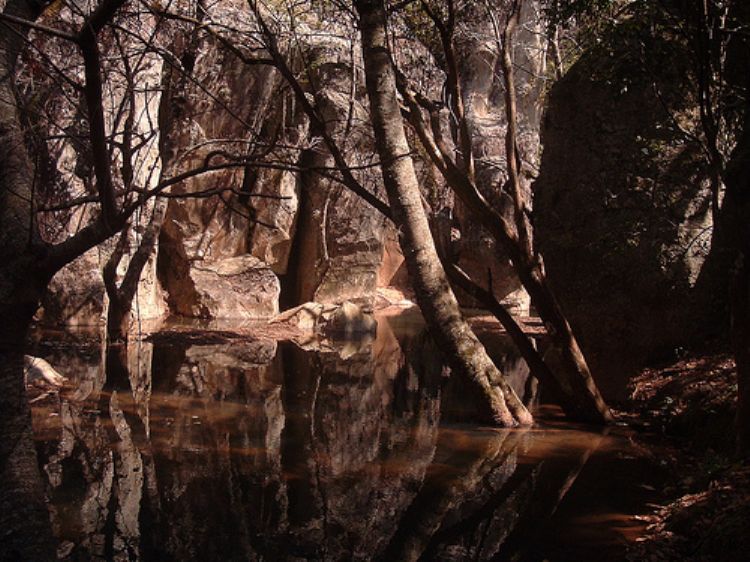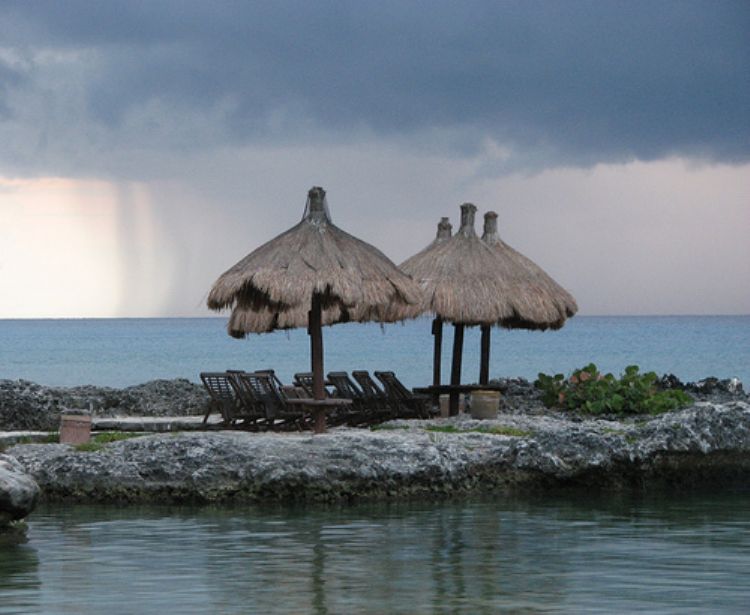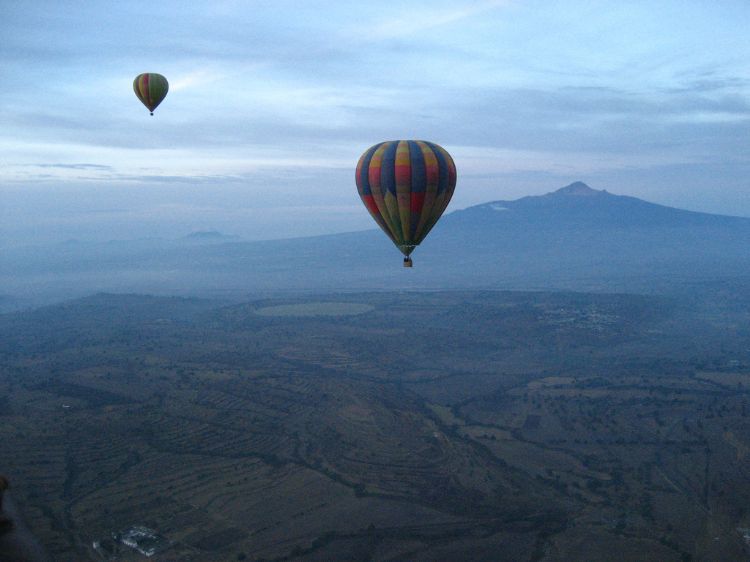
About San Luis PotosÃ
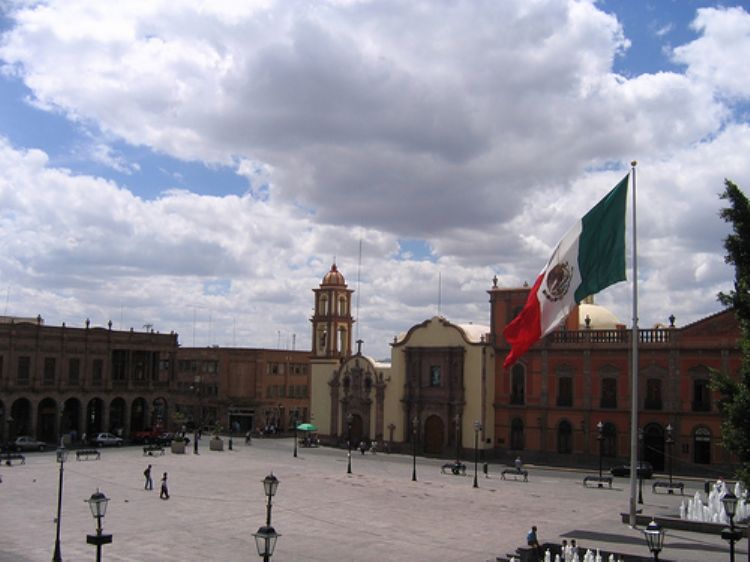
The beautiful and colonial city of San Luis Potosi, capital of the state of the same name, has unique baroque constructions with a neoclassic style that make it a national treasure under the category of Historic Patrimony of Mexico since 1990. This Mexican county is located in the center of the country with an average height of 1,860 meters above sea level and warm dry climate. Center of a rich, religious culture and great economic development, San Luis Potosi is one of the most important cities of Mexico and also an excellent tourist destination.
During Prehispanic times, the current territory of San Luis was the frontier of two important cultural areas known as Mesoamerica and Aridoamerica, which led to the development of a great diversity of peoples and traditions. Amongst these peoples, three indigenous communities controlled the area, the Huastecs "â from the Mayan family, the Pames "â chichimeca tribe from Mexico city, and the Guachichiles "â named after their tradition of dying their hair red, which made them look like the sparrow.
Many Spanish military interventions were needed to subdue the war native tribes until the Spaniard Rodrigo del Rio defeated the savages and the colonization of the territory began under the rule of Hernan Cortes y Nuño de Guzman. The 4 of November of 1592, the discovery of the mines of Cerro San Pedro favored the founding of the town of San Luis Mesquitique, named after Louis IX, king of France.
Mining propelled the economic development of the town and on May 30th 1656, the Viceroy Francisco Fernandez de la Cueva, Duke of Albuquerque, gave it the category of villa of San Luis Potosi, in honor of the wealthy mines of Potosi, Bolivia. The newfound status of San Luis arrived at the same time various catholic orders settled in the city, like the Franciscans and the Augustinians. It's worth mentioning that the first catholic temple honoring the Mexican version of the Virgin Mary, Guadalupe, was built in the city.
The XVIII century watched constant and cruel violations on the natives' human rights from the Spaniards, until a civil riot exploded in 1767, known to history as the "âTumultos"â.
The relative calm the city experienced the following years ended when the Spaniard Francisco Javier de Mina arrived in San Luis to defeat the realists, the military and followers of the Spanish Crown in Mexico. The city was freed from Spanish control June 24th, 1821. It was officially declared and Independent and Sovereign State of the new independent country in 1824.
Now a free state, the region blossomed and the following year the streets were paved, public lighting was introduced and the first printing shop was established. Later, the first newspaper was founded, like the first House of Coins and the first book shop. It is important to mention that San Luis Potosí was declared capital of Mexico in two different occasions, first in 1863 during the French Intervention and also in 1867 under the rule of Benito Juarez, President of the Republic at the time. By the end of the XIX century, the city had welcomed the railway, the telephone and the telegraph.
Currently, this industrious city is still organized in 7 "âbarrios"â or neighborhoods, Tlaxcala, Santiago del Rio, Montecillo, San Sebastian, San Juan de Guadalupe "â home to the catholic church of "âNuestra Señora de Guadalupe"â. San Luis has an international airport "âPonciano Arriaga"â, hub for many important American and European cities.
In 2005, the state had a population of approximately 2.6 million people, from which 730,000 live in the 1,400 kilometers area of the county of San Luis Potosi. The main economic activities are services, tourism and commerce
Articles Releated with San Luis PotosÃ

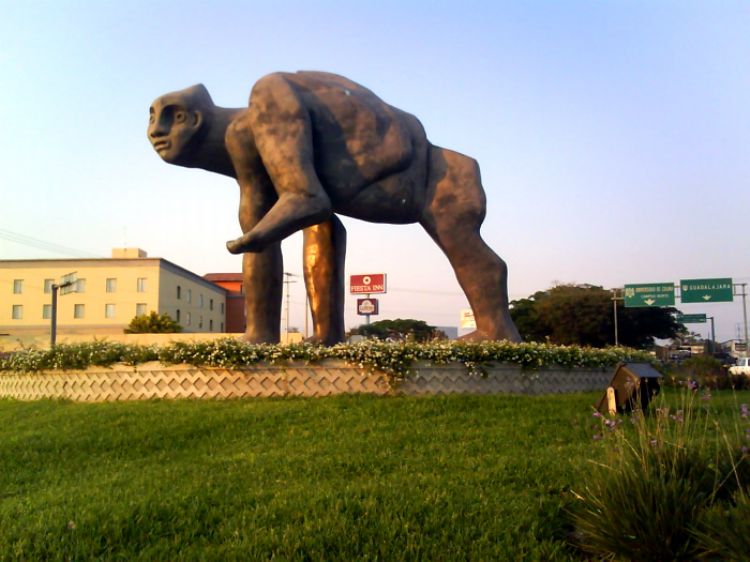
José Luis Cuevas, A Figure in Mexican Art
José Luis Cuevas was born on February 26, 1934 in ...
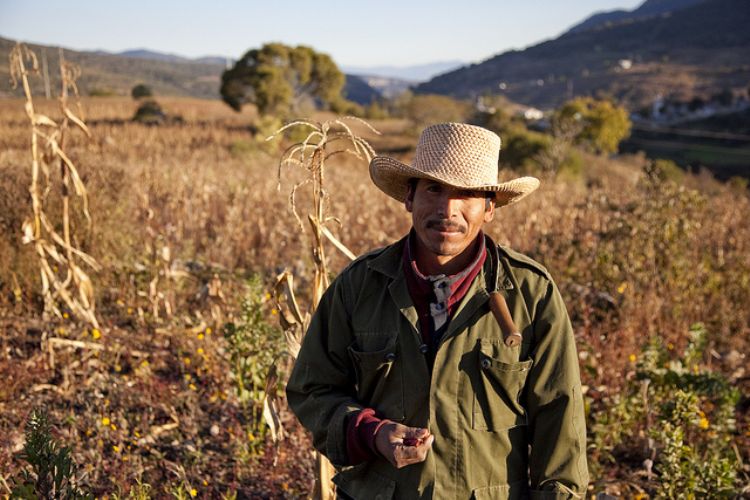
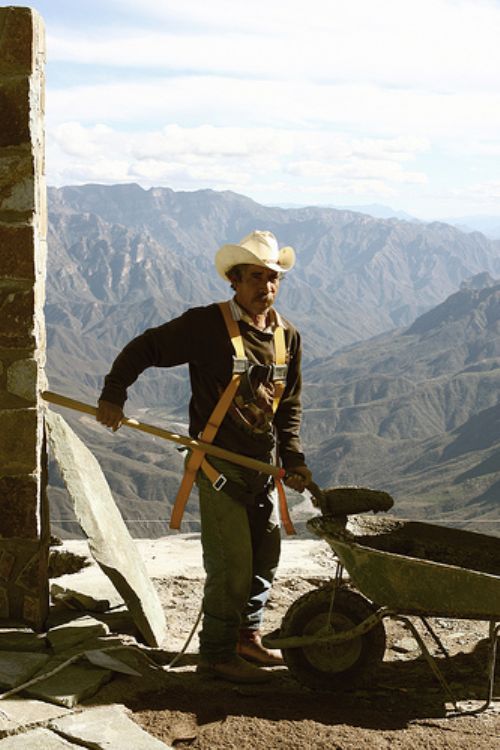
Mexican Workers Social Benefits
In Mexico there are various social benefits granted by la...

The Process to Obtain the Voter's Mexican Credential or IFE Credential
The Voterâs Mexican Credential or Federal Elect...
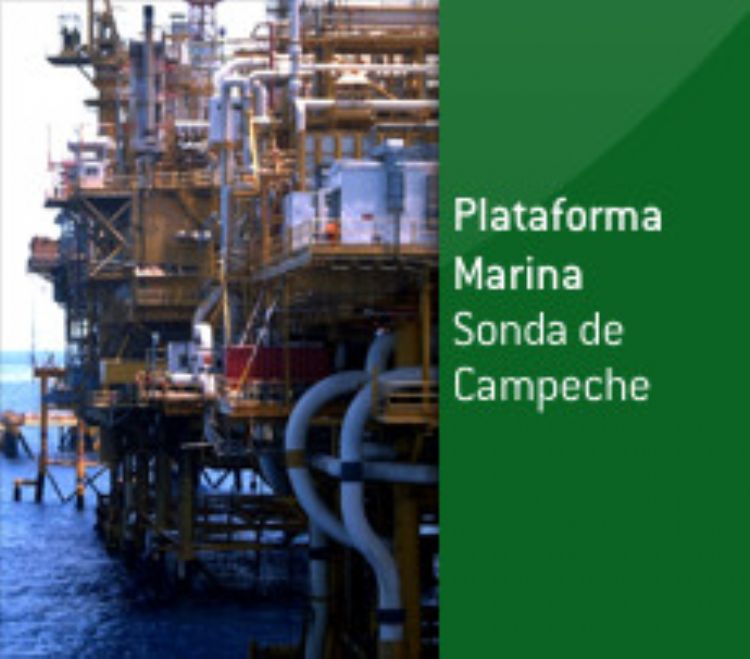
Mexican Oil; The Most Important Fields
The oil industry in the world has changed dramatically in...
Most Viewed

The Worst Earthquakes in Mexico
Since we are located in a great seismic zone of the world...
